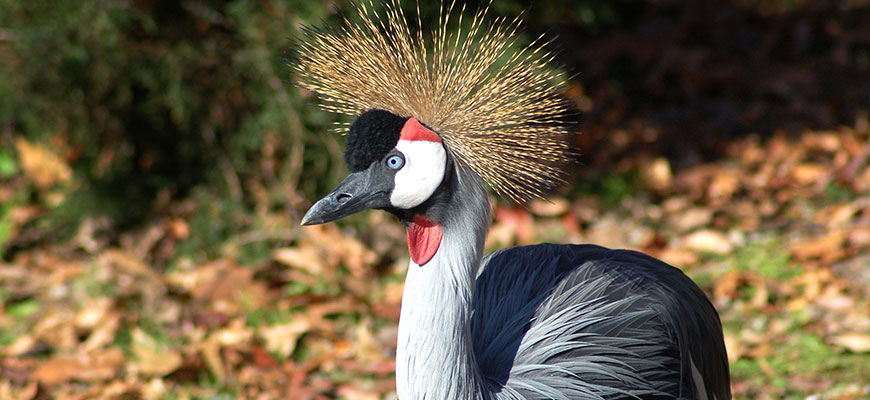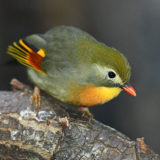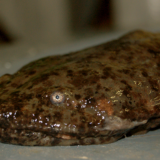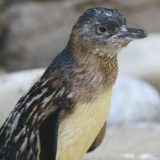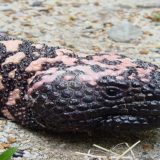RANGE
Eastern Africa.
HABITAT
Marshy areas, particularly near lakes and rivers.
SIZE
Height: Approximately 3 feet.
LIFE EXPECTANCY
Wild: 15 – 20 years
Captivity: 20 – 25 years (although some references have listed up to 50 years).
REPRODUCTION
- Breeding season begins with elaborate, courtship dances consisting of bowing, flaring their wings and leaping into the air. Males and females participate in the dances.
- Nests are usually on the ground and made up of grasses and leaves. The nest is usually built in the tall grass for protection.
- One to four long, oval-shaped eggs are laid per clutch.
- Incubation is done by both sexes and usually lasts about 30 days.
- Chicks can walk the first day and are completely mobile by the second.
- Crowned cranes can swim in an emergency.
- Both adults feed and protect the chick(s).
- Chicks can fly by 10 weeks of age.
- Cranes are sexually mature by three years of age.
DIET
Wild: Insects, reptiles, mice, young birds, eggs of water animals and plant materials.
Captivity: Grain mix, mice, fish, insects
BEHAVIOR
- Live in groups of up to 150 birds.
- Monogamous, having the same partner for life.
- Parents teach offspring dances and calls. The behaviors are not instinctual.
- Juveniles and monogamous pairs also participate in courtship dances.
- Less elaborate dances are performed throughout the year, not just during mating season.
- Has a chin wattle used to create calls to summon its mate. It can be heard from miles away.
POINTS OF INTEREST
Yellow crowns are used as camouflage in the tall, yellow grasses of Africa. Their windpipe is five feet long, half of which is coiled in the breastbone. This allows them to produce loud, trombone-like calls that carry over long distances. The crowned crane is the only crane that perches in trees. They particularly like solitary trees that afford a wide view.
REFERENCES

